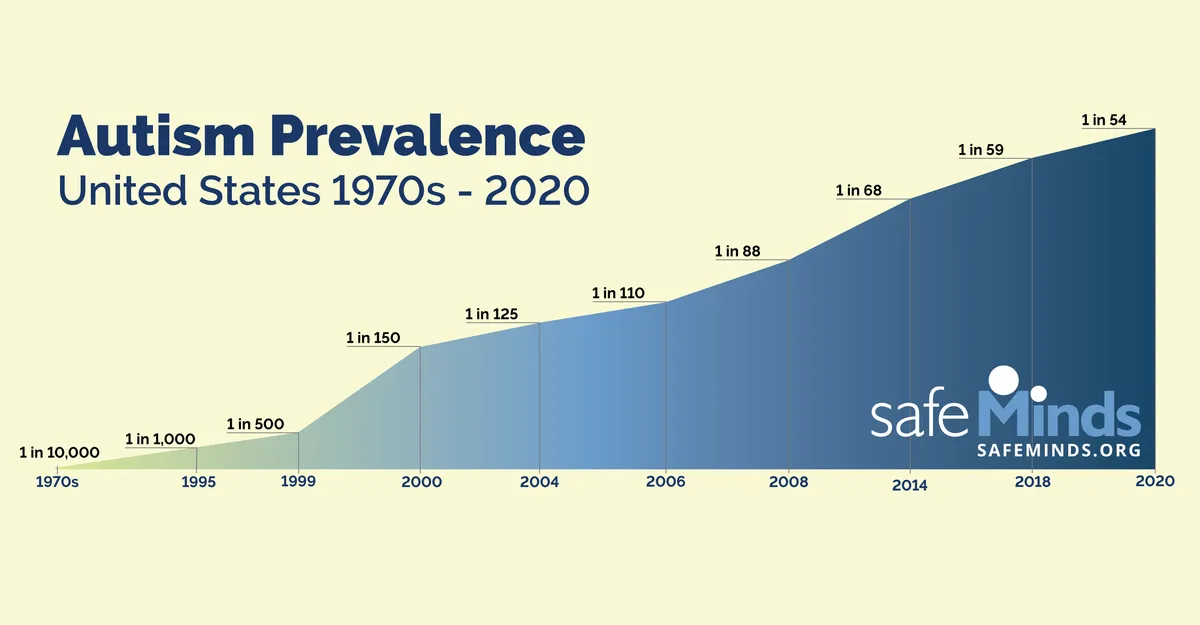A fascinating read:
He found that liberals and conservatives scored roughly equally on average, but the highest scoring individuals in both groups were the most likely to display political bias when assessing the truth of various political statements.
In a further study (replicated here), Kahan and a team of researchers found that test subjects who scored highest in numeracy were better able to objectively evaluate statistical data when told it related to a skin rash treatment, but when the same data was presented as data regarding a polarizing subject—gun control—those who scored highest on numeracy actually exhibited the greatest bias.
As a case in point, human intelligence evolved less as a tool for pursuing objective truth than as a tool for pursuing personal well-being, tribal belonging, social status, and sex, and this often required the adoption of what I call “Fashionably Irrational Beliefs” (FIBs), which the brain has come to excel at.
Since we’re a social species, it is intelligent for us to convince ourselves of irrational beliefs if holding those beliefs increases our status and well-being. Dan Kahan calls this behavior “identity-protective cognition” (IPC).
By engaging in IPC, people bind their intelligence to the service of evolutionary impulses, leveraging their logic and learning not to correct delusions but to justify them. Or as the novelist Saul Bellow put it, “a great deal of intelligence can be invested in ignorance when the need for illusion is deep.”
This reminds me of how artistic excellence is correlated with schizophrenia - and how engineering correlates with autism.
